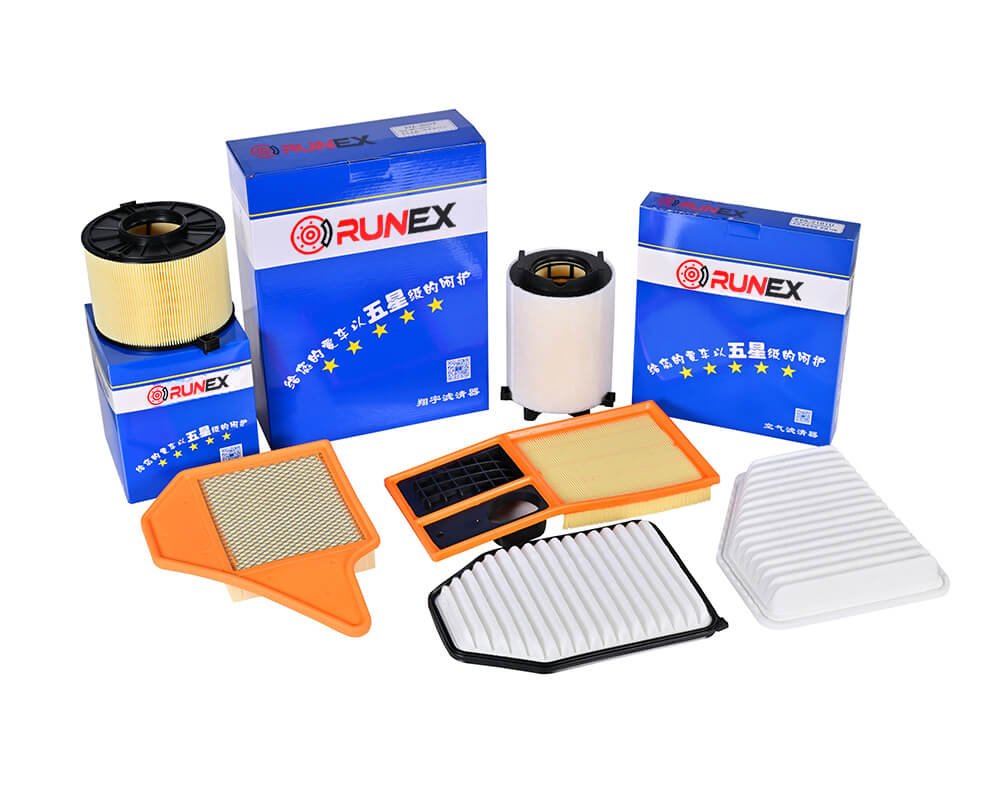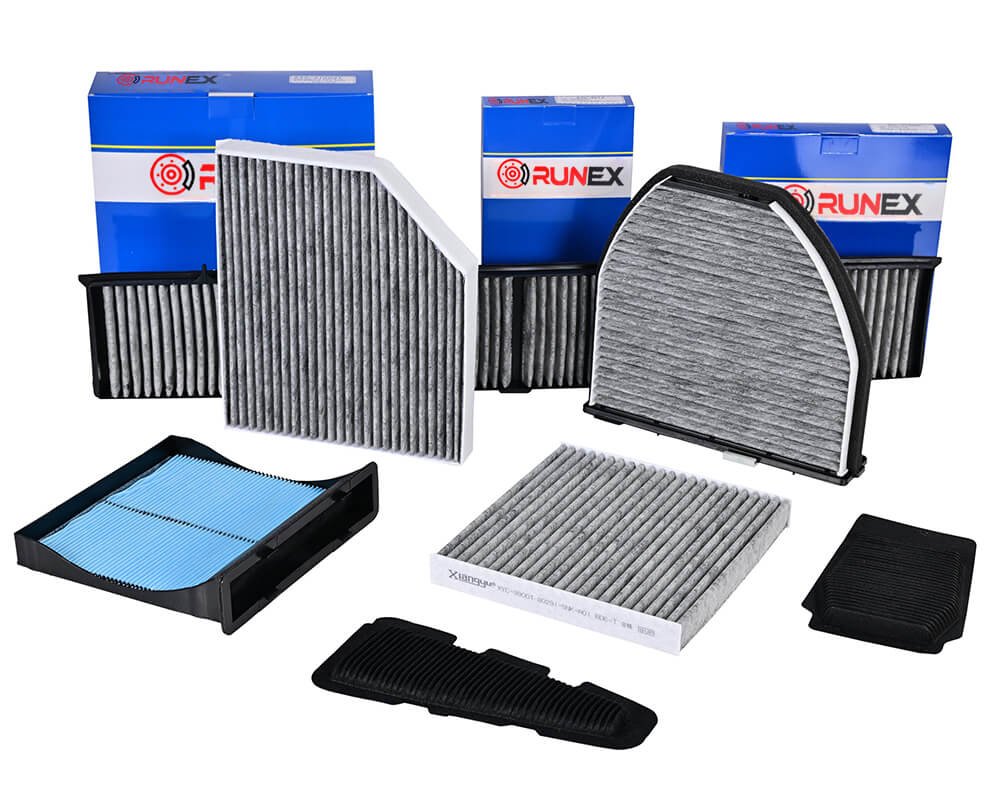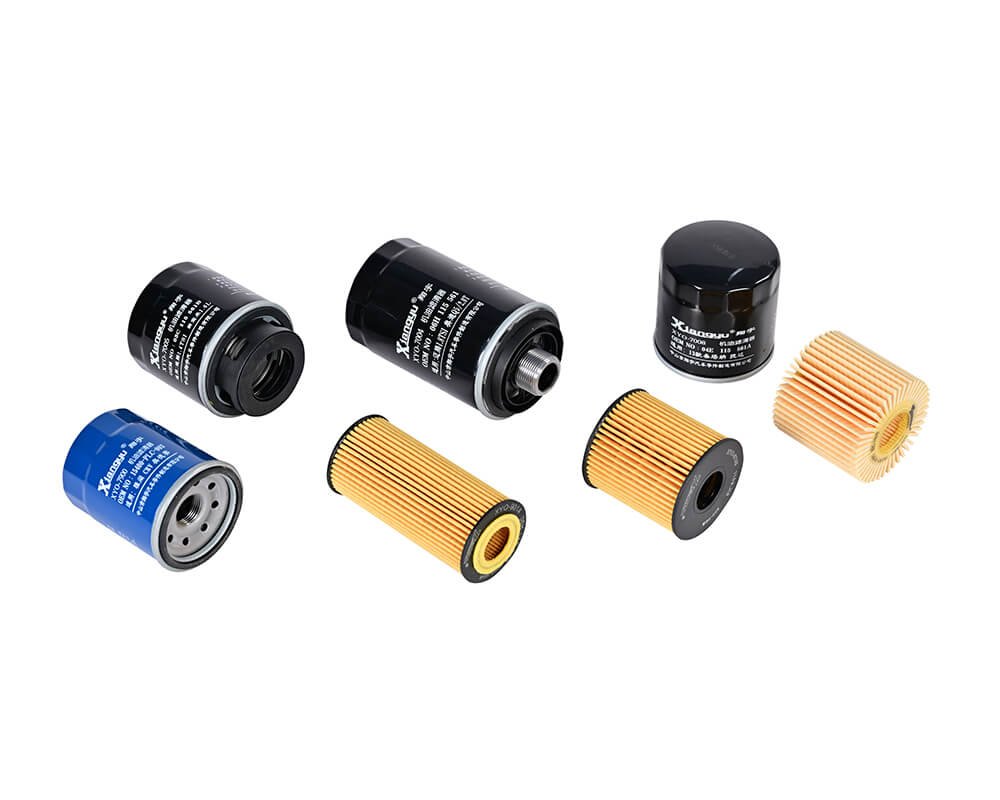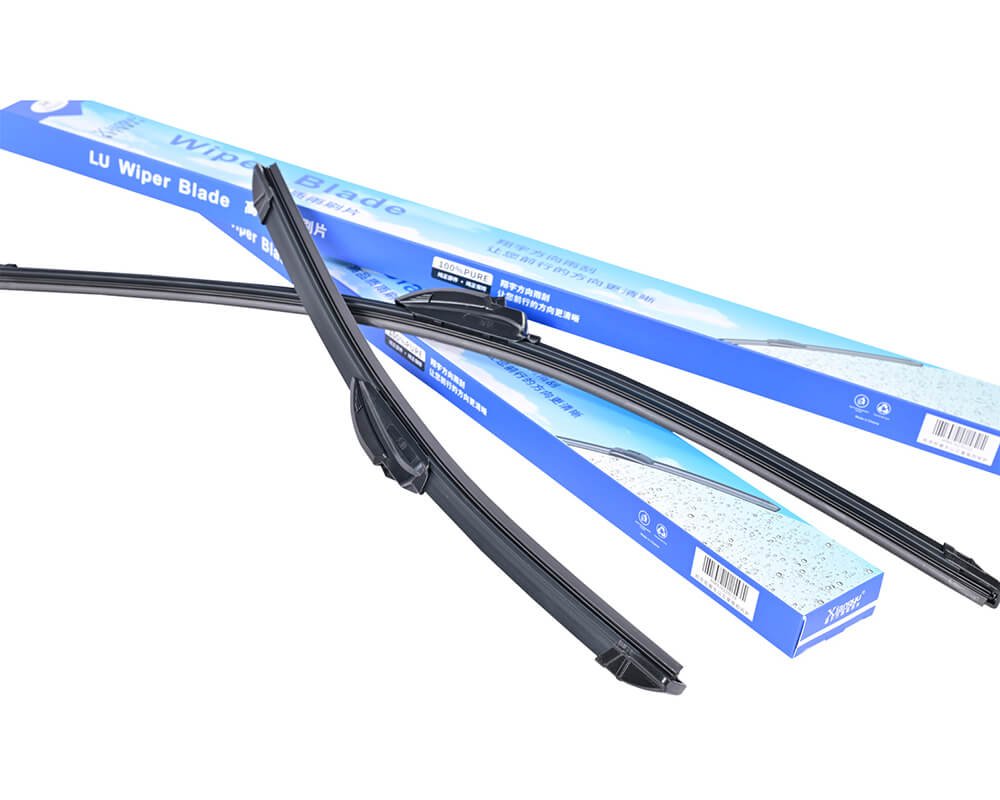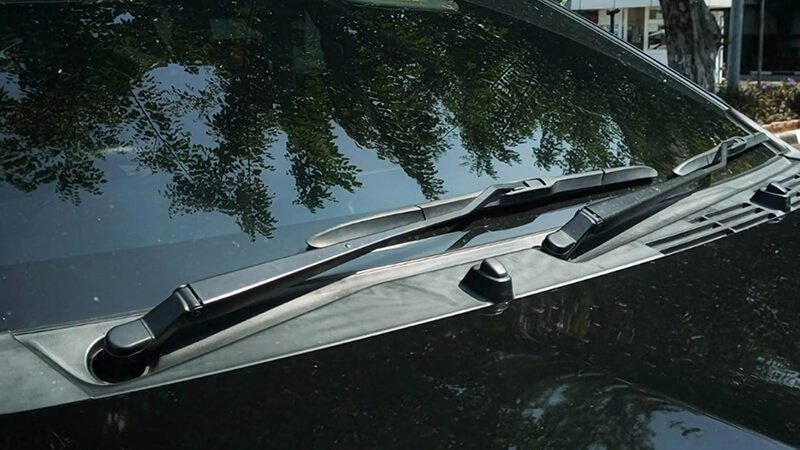Choosing the right brake pads is crucial for safety and performance. Whether you're navigating busy city streets or enjoying long drives, understanding the differences between ceramic and semi-metallic brake pads can make all the difference in your driving experience. But how do you know which one is right for you?
The choice between ceramic and semi-metallic brake pads depends on your driving style and priorities. While ceramic pads offer a quieter ride and less dust, semi-metallic pads provide superior performance in high-stress conditions. Each has its strengths, and the decision should align with your driving needs.
To better understand which brake pads suit your driving style, let's dive into the specifics of both options. We'll explore what makes ceramic brake pads ideal for daily drivers, their advantages and disadvantages, and why some drivers might choose them over semi-metallic pads.
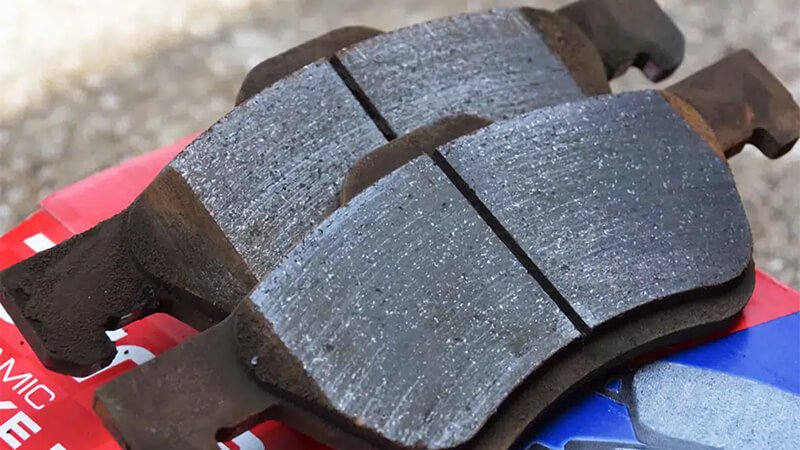
What are the best brake pads for everyday driving?
When it comes to everyday driving, comfort, safety, and reliability are key. You need brake pads that offer a balance of quiet operation, minimal dust, and long-lasting performance. So, which option fits this bill?
For everyday driving, ceramic brake pads1 are often the best choice. They provide quieter performance, produce less brake dust, and offer excellent longevity. These benefits make them ideal for drivers who prioritize comfort and low-maintenance driving.
When considering the best brake pads for everyday driving, there are several factors to take into account. The primary goal for daily driving brake pads is a balance between comfort, safety, cost, and performance. Let's break down the key qualities of both ceramic brake pads2 and semi-metallic brake pads3 to see why ceramic is often the top choice for daily drivers.
Key Features of Ceramic Brake Pads for Daily Driving
| Feature | Ceramic Brake Pads | Semi-Metallic Brake Pads |
|---|---|---|
| Noise Level | Extremely quiet with minimal sound | Louder, more noise due to metal content |
| Brake Dust | Minimal dust production, keeping wheels clean | Higher dust production, requiring more maintenance |
| Durability | Long-lasting and wear-resistant | Good, but may wear out quicker in daily driving |
| Performance in Daily Driving | Excellent in normal traffic conditions | Better for performance but not ideal for everyday driving |
| Comfort | Smooth and quiet braking experience | More aggressive braking, less comfortable for city driving |
| Initial Cost | More expensive upfront | Lower initial cost but may require more maintenance |
For drivers primarily concerned with comfort, low maintenance, and quiet performance, ceramic brake pads offer a superior experience. They provide reliable braking power, minimal noise, and reduced brake dust—ideal for daily commuting, urban driving, and long road trips.
In addition to these benefits, ceramic pads are easier on your brake rotors, leading to less wear and tear over time. This means that not only do you get a smoother ride, but your rotors last longer as well, which can significantly reduce overall maintenance costs.
While semi-metallic brake pads might offer slightly better performance in high-performance conditions, their noise, dust production, and tendency to wear out faster make them less ideal for everyday drivers.

Are ceramic brake pads good for daily drivers?
If you’re a daily driver, you need brake pads that can handle frequent stops without compromising on performance or comfort. But are ceramic brake pads4 the right choice for you?
Yes, ceramic brake pads5 are an excellent choice for daily drivers. They provide quiet operation, reduced brake dust, and extended lifespan, all of which make them ideal for drivers who use their cars daily in normal driving conditions.
Ceramic brake pads6 are an excellent choice for daily drivers who value comfort, cleanliness, and lower maintenance. To explain why ceramic brake pads excel in daily driving scenarios, let's explore the specific aspects of their performance.
Key Benefits of Ceramic Brake Pads for Daily Drivers
-
Quiet Operation:
Ceramic brake pads are designed to be much quieter than their semi-metallic counterparts. Since they are made from a mixture of ceramic materials and bonding agents, they tend to generate far less friction, which reduces the squealing and groaning commonly heard with semi-metallic pads. This is particularly beneficial for daily drivers who spend a lot of time on the road and want a smoother, quieter experience. -
Low Brake Dust:
One of the most attractive features of ceramic brake pads is their ability to produce minimal brake dust. The ceramic material is designed to be cleaner, meaning your wheels will stay cleaner for longer. Drivers who regularly clean their cars will appreciate the reduced need for frequent wheel washing, which can be a chore with other types of pads that create excessive dust. -
Longer Lifespan:
Ceramic brake pads last significantly longer than semi-metallic brake pads, especially in everyday driving conditions. The durability of ceramic materials helps to extend the life of the brake pads, reducing the frequency of replacements and ultimately saving money on maintenance. -
Less Rotor Wear:
Ceramic pads also tend to be gentler on the rotors, which reduces rotor wear and helps extend the life of the entire braking system. This is especially important for daily drivers who want to keep their braking system in good condition without costly repairs. -
Excellent Performance in Normal Conditions:
While ceramic pads might not perform as well as semi-metallic pads in extreme conditions (like high-performance or towing situations), they excel in typical daily driving environments. Whether you’re commuting in city traffic, driving on highways, or running errands, ceramic brake pads provide consistent and reliable braking.
Performance Comparison for Daily Drivers:
| Driving Condition | Ceramic Brake Pads | Semi-Metallic Brake Pads |
|---|---|---|
| City Driving | Best choice, quiet and clean | Not ideal, may be too noisy |
| Highway Driving | Great for extended trips, quiet | Suitable but may create more noise |
| Mountain Driving | Works well but can be limited in high stress | Better performance in steep, aggressive driving |
| Towing | Not recommended for heavy loads | Performs well under heavy loads |
| Winter Driving | Can take longer to heat up | Performs better in cold temperatures |
As seen from the comparison, while semi-metallic pads may provide better performance under high loads or extreme weather, for most daily driving scenarios, ceramic pads are the better fit. They provide a quieter, cleaner, and more comfortable experience that most everyday drivers prioritize.
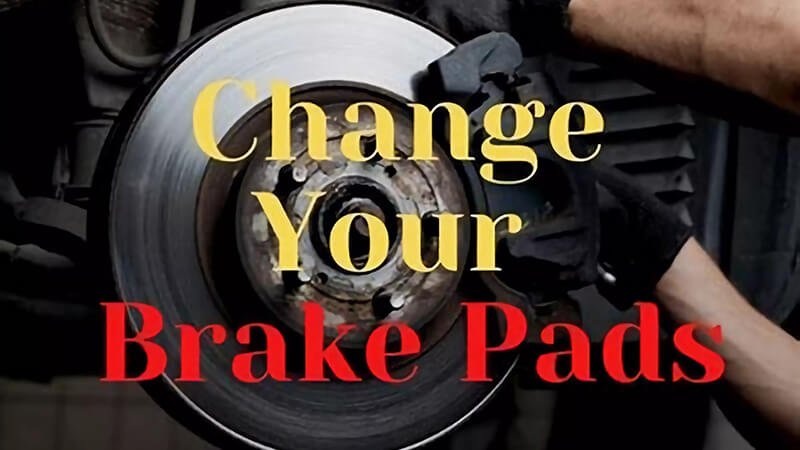
What is a disadvantage of ceramic brake pads?
While ceramic brake pads are great for many drivers, they’re not without their drawbacks. What’s the downside, and how does it impact your choice?
The main disadvantage of ceramic brake pads7 is their higher cost compared to semi-metallic pads. Additionally, they may not perform as well in extreme driving conditions, such as towing or racing, where higher performance is needed.
Although ceramic brake pads are widely praised for their advantages, there are some notable disadvantages that drivers should consider before making a purchase. Below are the key downsides of ceramic brake pads.
Key Disadvantages of Ceramic Brake Pads:
-
Higher Initial Cost8: One of the most significant downsides to ceramic brake pads is their higher initial cost. Ceramic materials are more expensive to produce, meaning that the price for ceramic brake pads can be higher than semi-metallic pads. However, while the upfront cost is higher, the long-term benefits (like longer lifespan and less frequent replacement) can justify the investment.
-
Performance in Extreme Conditions9: Ceramic brake pads are not the best choice for high-performance driving or extreme conditions like towing, off-roading, or racing. In these situations, semi-metallic pads outperform ceramic pads because they are designed to handle higher temperatures and more aggressive braking. Ceramic pads tend to lose some of their performance when exposed to extreme conditions, and may not offer the same stopping power under intense braking.
-
Cold Temperature Performance:
Ceramic pads tend to perform less efficiently in very cold temperatures. The materials in ceramic pads need to reach a certain temperature before they start performing optimally. In colder climates, this can result in slightly reduced braking efficiency until the pads heat up. Semi-metallic pads, on the other hand, are less affected by temperature changes and perform better in colder conditions. -
Lower Bite at High Speeds:
While ceramic brake pads are excellent for normal driving, they may not offer the same level of aggressive bite at high speeds as semi-metallic pads. This is important for drivers who frequently drive at higher speeds or who participate in performance driving events. The lack of bite can be a disadvantage for those who need precise and immediate braking in emergency situations.

Why would a customer choose ceramic brake pads?
With so many options available, why would a customer choose ceramic brake pads10? What makes them stand out, and how do they benefit certain drivers?
Customers choose ceramic brake pads11 for their quiet operation, long lifespan, and low maintenance needs. They’re perfect for daily drivers who prioritize comfort, reduced brake dust, and overall vehicle upkeep.
Choosing ceramic brake pads is a decision that reflects the priorities of the driver. For those who value comfort, cleanliness, and reduced maintenance, ceramic brake pads offer a compelling option. Let’s look at the specific reasons why customers opt for ceramic brake pads:
Key Reasons to Choose Ceramic Brake Pads:
-
Reduced Noise12: Ceramic brake pads are designed to minimize noise, which is especially beneficial for drivers who spend a lot of time in their cars. The quiet operation provides a more pleasant driving experience, especially in city traffic, where constant braking can cause more noise with semi-metallic pads.
-
Minimal Brake Dust:
Brake dust is a common problem for car owners, as it can accumulate on wheels and cause unsightly stains. Ceramic pads produce much less dust compared to semi-metallic options, helping to keep wheels cleaner for longer and reducing the frequency of cleaning. -
Longer Lifespan:
Ceramic brake pads are known for their durability, making them a wise investment for those who drive regularly. With less frequent replacements, drivers can save on maintenance costs over the long term. The longevity of ceramic brake pads is particularly appealing for daily commuters and long-distance drivers. -
Smooth Braking Experience:
Drivers who value smooth, consistent braking will appreciate the performance of ceramic brake pads. These pads offer a gentle, controlled braking experience, making them ideal for city driving, highway cruising, and normal traffic conditions. -
Lower Overall Maintenance Costs:
Even though ceramic brake pads may cost more upfront, the longer lifespan and lower dust production result in reduced maintenance costs over time. For drivers looking for convenience and low upkeep, ceramic brake pads are a practical option.

Conclusion
Choosing between ceramic and semi-metallic brake pads ultimately comes down to your driving needs. For everyday driving, comfort, and low maintenance, ceramic brake pads are often the best option. They offer quieter performance, reduced brake dust, and longer lifespan, making them ideal for daily drivers. However, for heavy-duty applications, semi-metallic pads may be the better choice due to their superior performance in high-stress conditions.
Are you looking for OEM brake pads13? Do not hesitate to contact us to get a free sample.
-
To understand the advantages of ceramic brake pads over other types for daily driving. ↩
-
To get detailed information about ceramic brake pads' benefits and performance. ↩
-
To learn how semi-metallic brake pads perform compared to ceramic ones for daily use. ↩
-
To find out why ceramic brake pads are often recommended for daily driving. ↩
-
To understand the advantages of ceramic brake pads for daily driving. ↩
-
To explore the specific benefits of ceramic brake pads in daily driving conditions. ↩
-
To explore the limitations of ceramic brake pads in comparison to semi-metallic ones. ↩
-
To understand why ceramic brake pads have a higher initial cost. ↩
-
To learn about the performance limitations of ceramic brake pads in high-temperature situations. ↩
-
To understand why ceramic brake pads are beneficial for daily driving and long-term comfort. ↩
-
To compare the advantages of ceramic brake pads compared to other brake pad types. ↩
-
To explore how ceramic brake pads offer a quieter driving experience compared to semi-metallic pads. ↩
-
Know more details about brake pads about Runex. ↩




